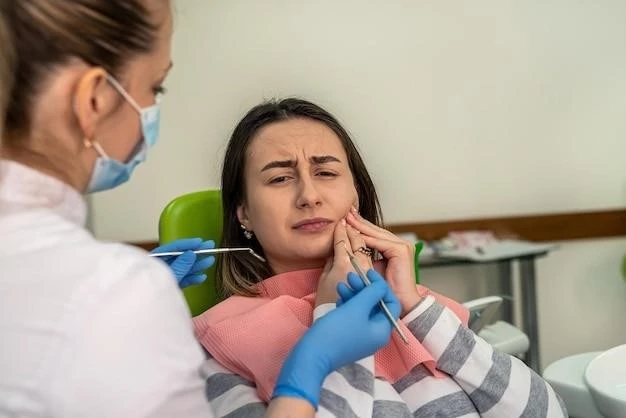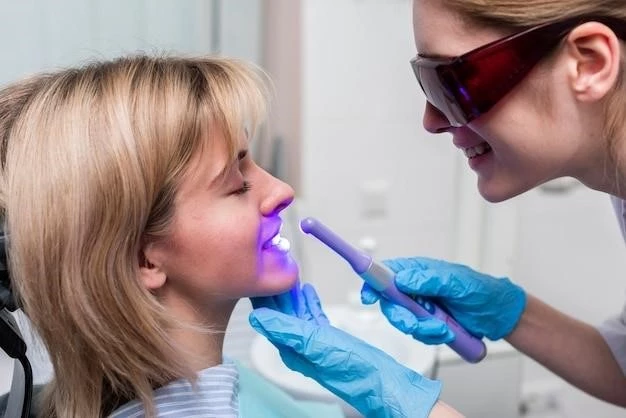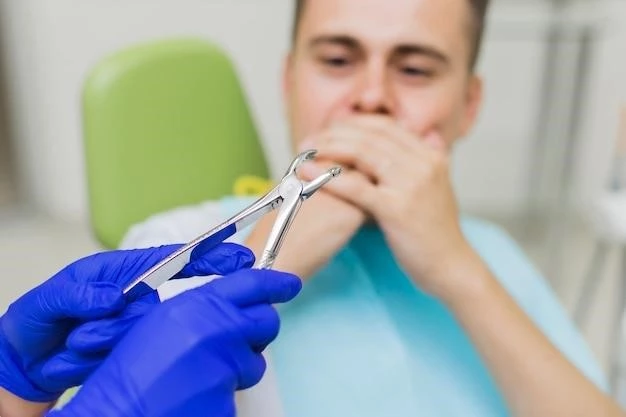Overview of Trichoodontoonychial Dysplasia
Trichoodontoonychial dysplasia is a rare ectodermal dysplasia syndrome characterized by severe hypotrichosis, parietal alopecia, anodontia, onychodystrophy, bone deficiency, and skin manifestations.
Trichoodontoonychial dysplasia is a rare ectodermal dysplasia syndrome characterized by severe generalized hypotrichosis, parietal alopecia, secondary anodontia resulting from enamel hypoplasia, onychodystrophy, bone deficiency in the frontoparietal region, and various skin manifestations like nevus pigmentosus and palmoplantar keratosis.
This condition may also present with irregular hyperpigmentation, hypoplastic or absent nipples, supernumerary nipples, hearing impairment, and congenital hip dislocation. Clinical features include focal dermal hypoplasia, dystrophic nails, and bone deficiency in certain regions. The symptoms can vary in severity among individuals affected by this rare disorder.
Description and Symptoms
Trichoodontoonychial dysplasia is a rare ectodermal dysplasia syndrome characterized by severe generalized hypotrichosis, parietal alopecia, anodontia, onychodystrophy, bone deficiency, and various skin manifestations.
This condition may present with irregular hyperpigmentation, hypoplastic or absent nipples, supernumerary nipples, hearing impairment, and congenital hip dislocation. Clinical features include focal dermal hypoplasia, dystrophic nails, and irregular bone development. Symptoms can vary in severity among affected individuals.
Genetic Basis
Trichoodontoonychial dysplasia is believed to have a genetic basis, with studies indicating possible inheritance patterns. Research has identified genes associated with hair, teeth, and nail abnormalities seen in this rare disorder, highlighting the genetic underpinnings of this condition.
Clinical Manifestations
Trichoodontoonychial dysplasia presents with severe hypotrichosis, parietal alopecia, anodontia due to enamel hypoplasia, onychodystrophy, bone deficiency, and various skin manifestations. Symptoms may include irregular hyperpigmentation, supernumerary nipples, hearing impairment, and congenital hip dislocation.
Physical Characteristics
Individuals with Trichoodontoonychial dysplasia exhibit severe hypotrichosis, parietal alopecia, anodontia due to enamel hypoplasia, onychodystrophy, bone deficiency, and various skin manifestations like nevus pigmentosus, palmoplantar keratosis, irregular hyperpigmentation, supernumerary nipples, hearing impairment, and congenital hip dislocation. These physical features may vary in presentation and severity among affected individuals.
Diagnosis and Differential Diagnosis
Ectodermal dysplasias like Trichoodontoonychial dysplasia can be diagnosed based on clinical features, genetic testing, and imaging studies. Differential diagnosis may include other ectodermal dysplasias presenting with hair, teeth, and nail abnormalities.
Diagnostic Procedures
Diagnosing Trichoodontoonychial dysplasia typically involves a combination of clinical evaluation, genetic testing to identify underlying mutations, and imaging studies to assess bone deficiencies. Differential diagnoses are considered to differentiate this condition from other ectodermal dysplasias with similar manifestations. Collaboration with specialists in dermatology, genetics, and dentistry may aid in confirming the diagnosis.

Treatment and Management
Treatment for Trichoodontoonychial dysplasia focuses on managing symptoms and may include dental interventions, skin care regimens, and addressing any bone deficiencies. Multidisciplinary care involving dermatologists, geneticists, and dentists is crucial for comprehensive management.
Multidisciplinary Approach
Management of Trichoodontoonychial dysplasia requires a collaborative approach involving dermatologists, geneticists, dentists, and other specialists to address the complex needs of individuals with this rare condition. Care plans are tailored to manage symptoms and improve quality of life.
Prognosis and Complications
The prognosis of Trichoodontoonychial dysplasia varies depending on the severity of symptoms and complications. Complications may include issues with dental health, skin manifestations, and bone deficiencies that can impact quality of life.
Associated Health Issues
Associated health issues in Trichoodontoonychial dysplasia may include dental abnormalities, skin manifestations, and bone deficiencies. Additionally, individuals with this condition may experience hearing impairment, irregular hyperpigmentation, and other physical challenges that require comprehensive management and care.
Research and Studies
Studies on Trichoodontoonychial dysplasia have focused on genetic mutations, clinical manifestations, and comprehensive management approaches.Results have contributed to understanding this rare ectodermal dysplasia syndrome.
Notable Research Findings
Recent research on Trichoodontoonychial dysplasia has focused on identifying genetic mutations, understanding the complex clinical manifestations, and exploring innovative management strategies for this rare ectodermal dysplasia syndrome. These findings contribute to enhancing diagnostic techniques and improving quality of care for individuals affected by this condition.
Support groups and communities exist to provide assistance, resources, and a supportive network for individuals and families affected by Trichoodontoonychial dysplasia. These groups offer valuable information and emotional support to navigate the challenges associated with this rare condition.
Support Groups and Communities
Support groups and organizations provide valuable assistance, resources, and emotional support for individuals and families affected by Trichoodontoonychial dysplasia, offering a supportive network to navigate the challenges associated with this rare condition.
Healthcare Providers and Specialists
Clinicians with expertise in Trichoodontoonychial dysplasia may include dermatologists, geneticists, dentists, and specialized healthcare professionals. Collaborating with these specialists can help ensure comprehensive care for individuals with this rare condition.
Clinicians with Expertise
Specialized healthcare providers and clinicians with expertise in Trichoodontoonychial dysplasia include dermatologists, geneticists, dentists, and other specialists who have conducted research, clinical trials, and provide knowledgeable care for individuals affected by this rare ectodermal dysplasia.
Literature Review
Research on Trichoodontoonychial dysplasia has focused on genetic mutations, clinical manifestations, and innovative management strategies, contributing to improved understanding of this rare ectodermal dysplasia syndrome. Studies have expanded diagnostic techniques and enhanced quality of care for affected individuals.
Publications and Case Studies
Publications and case studies on Trichoodontoonychial dysplasia have provided insights into the genetic mutations, clinical features, and management strategies of this rare ectodermal dysplasia syndrome. Researchers have published valuable findings to enhance the understanding and care of individuals affected by this condition.
Current advances in the treatment of Trichoodontoonychial dysplasia focus on innovative management strategies targeting symptoms and enhancing quality of life for individuals with this rare disorder.
Current Advances in Treatment
Current advances in treating Trichoodontoonychial dysplasia focus on innovative strategies tailored to manage symptoms and improve the quality of life for individuals with this rare disorder.
Global Awareness and Recognition
Global efforts are underway to increase awareness and recognition of Trichoodontoonychial dysplasia, aiding in early diagnosis and improved management of this rare ectodermal dysplasia syndrome.
International Efforts
International efforts are aimed at increasing awareness and recognition of Trichoodontoonychial dysplasia, with a focus on early diagnosis and improved management strategies for individuals affected by this rare ectodermal dysplasia syndrome.
Impact on Patients and Families
Trichoodontoonychial dysplasia can have a profound impact on patients and families, affecting their physical, emotional, and social well-being. The challenges posed by this rare condition require comprehensive support and understanding from healthcare providers and the community.
Social and Psychological Effects
Trichoodontoonychial dysplasia can have significant social and psychological effects on individuals and families, impacting their self-image, relationships, and mental well-being. Coping with the challenges posed by this rare condition requires emotional support and understanding from healthcare providers and the community.

Financial Resources and Disability Benefits
Financial assistance and disability benefits can support individuals and families impacted by Trichoodontoonychial dysplasia. These resources aim to alleviate financial burdens and provide additional support for managing the challenges associated with this rare condition.
Assistance Programs
Assistance programs aim to provide financial aid and support services to individuals and families affected by Trichoodontoonychial dysplasia. These programs can help alleviate the financial burden associated with managing this rare condition and improve access to necessary resources for comprehensive care.
Future Directions for Research
Future research directions for Trichoodontoonychial dysplasia may include advancements in genetic studies, treatment options, and understanding the underlying pathogenesis for improved management of this rare ectodermal dysplasia syndrome.
Promising Areas of Investigation
Future research in Trichoodontoonychial dysplasia may focus on exploring genetic mutations, innovative treatment modalities, and underlying pathogenesis for enhanced management of this rare ectodermal dysplasia syndrome. These investigations aim to improve diagnostic accuracy and therapeutic outcomes for individuals affected by this condition.
